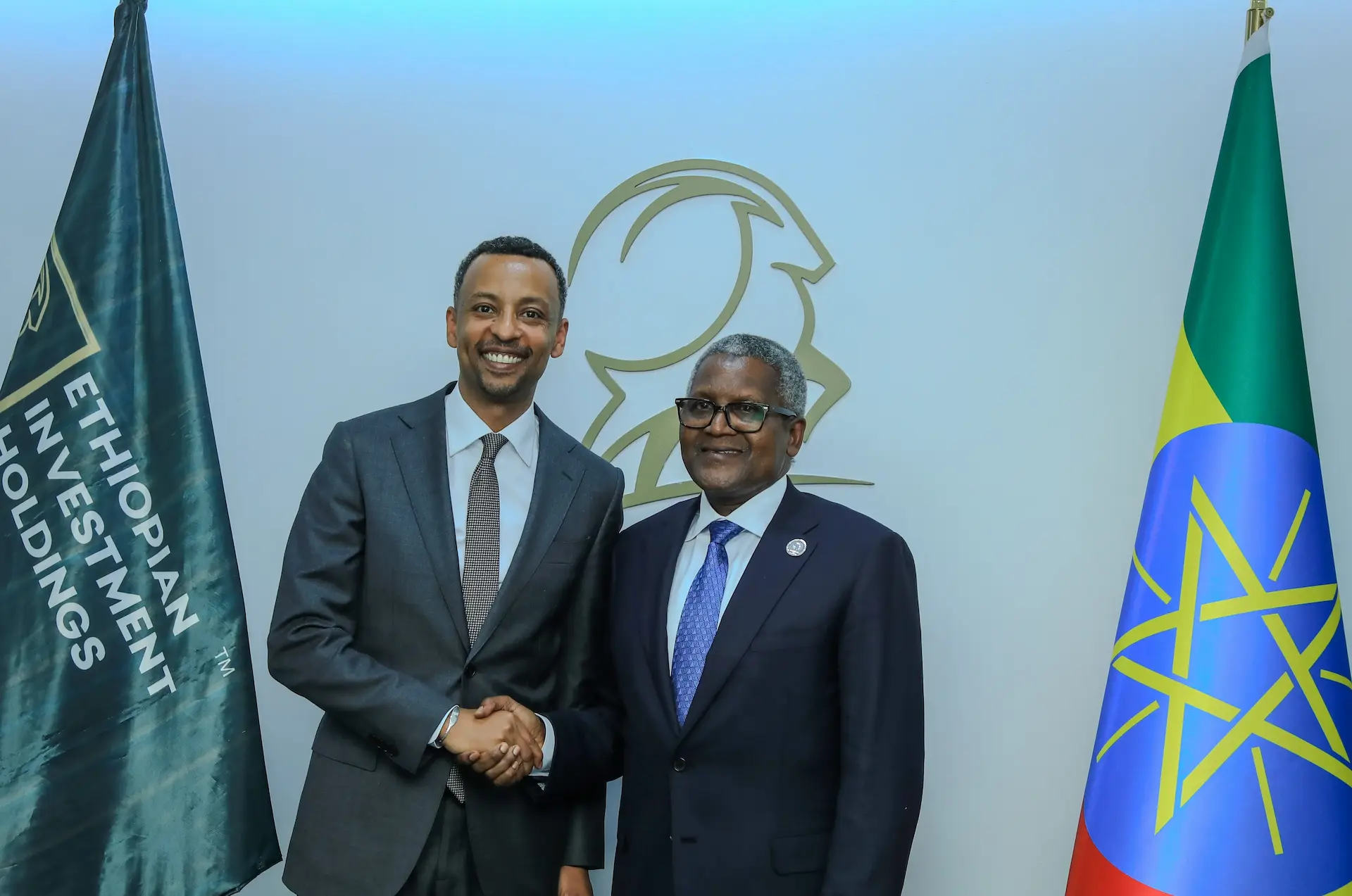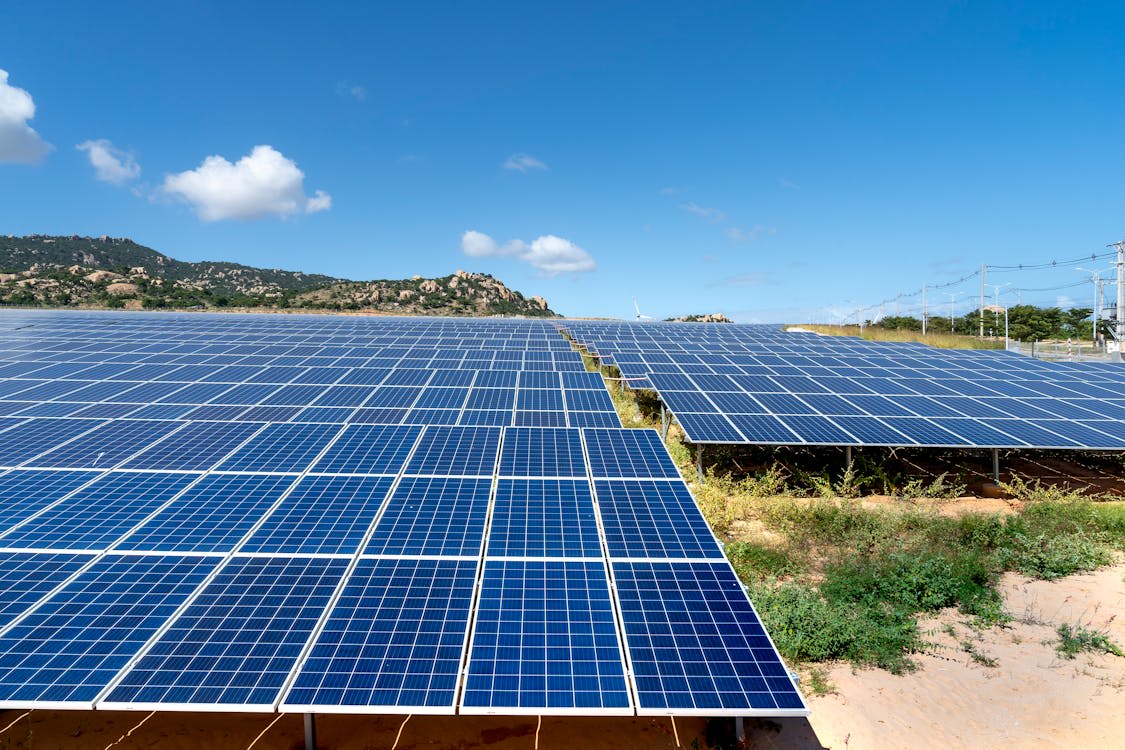Written By: Faith Jemosop
This month, climate disasters have struck Africa with brutal force. In northern Nigeria, flash floods have left over 700 people dead and thousands displaced, wiping out homes, crops, and infrastructure. The scale of destruction is unprecedented.
Meanwhile, on the opposite side of the continent, Kenya is enduring the opposite extreme, a severe, prolonged drought. Multiple failed rainy seasons have led to acute food insecurity for millions, with communities in arid and semi-arid lands especially hard hit. Livestock deaths are rampant, water sources are drying up, and hunger looms.
These are not isolated crises. They are symptoms of a continent-wide vulnerability driven by climate change, and they are getting worse.
Climate Change Isn’t Coming It’s Already Here
The tragic events in Nigeria and Kenya show that climate change is no longer a future threat; it’s a present danger. Rising global temperatures are amplifying weather extremes across Africa from floods and storms to droughts and heatwaves.
And Africa, despite contributing less than 4% of global greenhouse gas emissions, remains one of the most vulnerable continents to these climate impacts. The continent’s low adaptive capacity, coupled with high exposure and socioeconomic fragility, makes disasters deadlier and recovery harder.
The Global Goal on Adaptation: A Stuck Process
In response to global climate threats, the Paris Agreement of 2015 introduced the Global Goal on Adaptation (GGA). The GGA aims to:
- Enhance adaptive capacity
- Strengthen climate resilience
- Reduce vulnerability to climate impacts
However, nearly a decade later, the world is still struggling to define how to measure adaptation and what success looks like.
Currently, technical negotiations at the SB62 climate talks in Bonn are bogged down by disagreements. The discussions revolve around selecting specific, measurable indicators to assess adaptation progress across nations.
But this slow pace has led to frustration.
The Danger of Getting Lost in the Details
Critics argue that the GGA negotiations are too focused on technical frameworks and not enough on real-world urgency. While negotiators debate indicators and metrics, African countries are dealing with lives lost, economies disrupted, and ecosystems collapsing.
“Adaptation is not a box to tick or a spreadsheet to fill out,” says one African delegate. “It’s about survival.”
There’s growing concern that the obsession with methodology is overshadowing more pressing needs:
- Financing adaptation at scale
- Building climate-resilient infrastructure
- Supporting vulnerable communities in real-time
The Adaptation Finance Gap
The UN Environment Programme estimates that developing countries require $194–366 billion per year by 2030 to adapt to climate change. Yet, current flows remain far below this, with adaptation often receiving only 20–25% of overall climate finance.
African nations are particularly underfunded, despite being on the frontlines. In many cases, they are forced to borrow for climate recovery, deepening debt burdens. For example:
- Kenya spends over 3% of its GDP on climate-related disasters.
- Mozambique needed over $3 billion for post-cyclone reconstruction in 2019.
- Niger, Mali, and Chad face compounding crises of conflict and climate, with little external support.
Without predictable and sufficient adaptation funding, these countries cannot plan or implement long-term strategies.
Adaptation is Harder to Quantify But Not Impossible
One major hurdle is the complexity of measuring adaptation. Unlike emissions reductions (e.g., tonnes of CO₂), adaptation success varies by region, sector, and context.
What counts as “adaptation” in a coastal village may not work in a drought-prone farming community. This makes standardizing indicators a challenge.
Still, progress is possible. Experts suggest using a mix of:
- Qualitative indicators (e.g., improved disaster response systems)
- Contextual benchmarks (e.g., increased crop yields in drought-prone zones)
- Community-based feedback (to capture local realities)
What’s needed is flexibility, urgency, and political will.
Africa’s Voices Must Lead the Conversation
As the continent with the most to lose, Africa must have a central seat at the adaptation table. Yet historically, African nations have had limited influence over global climate policy frameworks.
At SB62, several African negotiators have called for:
- A people-first approach to adaptation
- Greater focus on implementation rather than indicators
- Decentralized funding that reaches local governments and communities directly
They argue that top-down strategies often fail to address local needs, while community-based adaptation, if properly funded, delivers results quickly and cost-effectively.
Real-World Adaptation That Works
Across Africa, there are successful adaptation models , though often underfunded or pilot-scale:
- In Rwanda, terracing and water harvesting have helped farmers beat unpredictable rains.
- Senegal’s Great Green Wall is restoring degraded land and creating green jobs.
- In Kenya, early warning systems are reducing disaster casualties in flood-prone areas.
- Nigerian women-led cooperatives are reforesting riverbanks to prevent erosion.
Also read: Climate Change and Urban Growth Could Double Malaria Risk in Africa by 2100
These examples prove that adaptation isn’t abstract. With funding and support, lives and livelihoods can be protected.
What’s happening today in Nigeria and Kenya could become the norm across Africa , unless adaptation becomes a global priority. The gap between policy negotiations and on-the-ground realities must shrink.
Every day lost to bureaucracy costs lives. Every dollar delayed weakens resilience. Climate extremes won’t wait for indicators to be finalized.
The message is clear: adaptation cannot be side lined any longer.





